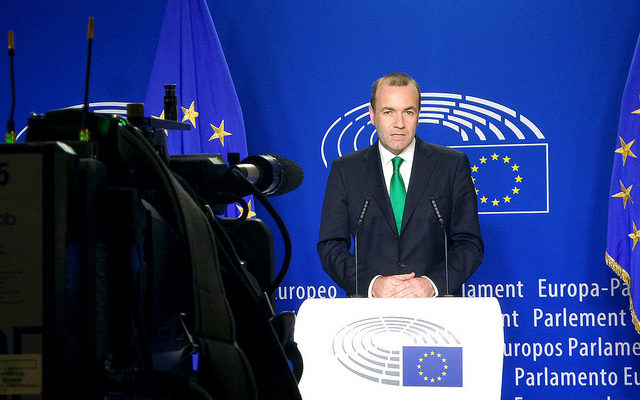Following the surprise decision to leave the EU membership, the latest developments are likely to hit the financial markets hard. At the core of the debate will be the forward guidance from the Federal Reserve which until now looked like another rate hike in August or September was possible. Following the British Prime Minister’s decision to resign, the status quo with the EU remains unchanged for now, but the outcome of the results is likely to have wider and far reaching implications as far as monetary policies are concerned.

Image via © European Union 2016 – European Parliament. Press statement on the UK EU referendum with Manfred Weber
It was only in April that the IMF, in its world economic outlook report said that the global economy was growing too slow for too long. The IMF projects a modest 3.20% global economic growth while cutting the US growth forecasts to 2.20%, down from 2.40% previously. The IMF’s bleak projections follow that of the World Bank’s which expects global growth to average 2.40% in 2016, down from 2.90% it forecasted in January this year.
Federal Reserve: While the Fed took its feet off the gas pedal, Janet Yellen was still optimistic of hiking interest rates, albeit gradually. The markets were expecting to see the possibility of a rate hike in August or September (provided the jobs report would return to normal following May’s dismal print). But with the UK deciding to leave the EU, the global markets that are already fragile remain pressured. A Fed rate hike to the current situation is mostly unwelcome at this point in time. Missing the August/September window, the US general elections are due in November, which could indicate that the Fed will likely put on hold its plans for a rate hike, with the possibility of a 25bps rate hike in December. However, between then and now a lot of scenarios could play out which will keep the Fed to tread more cautiously.
The US dollar has been one of the beneficiaries of Brexit as investor flock to the safe haven US dollar. While economic recovery in the US was managed by a weaker US dollar, the current gains in the dollar if consistent could put the economic recovery at risk.

